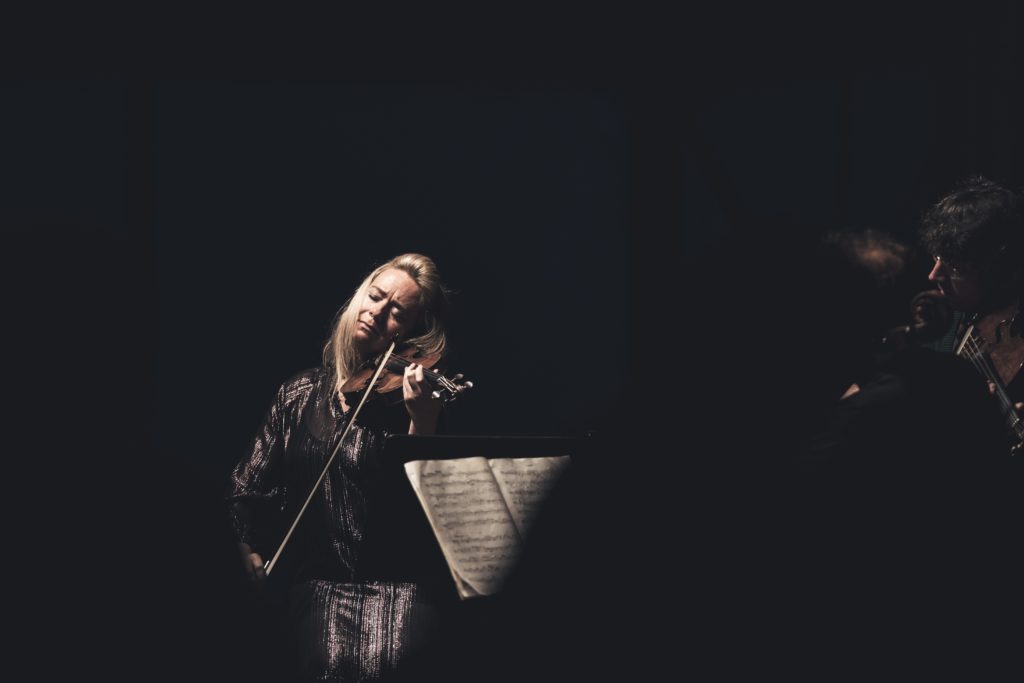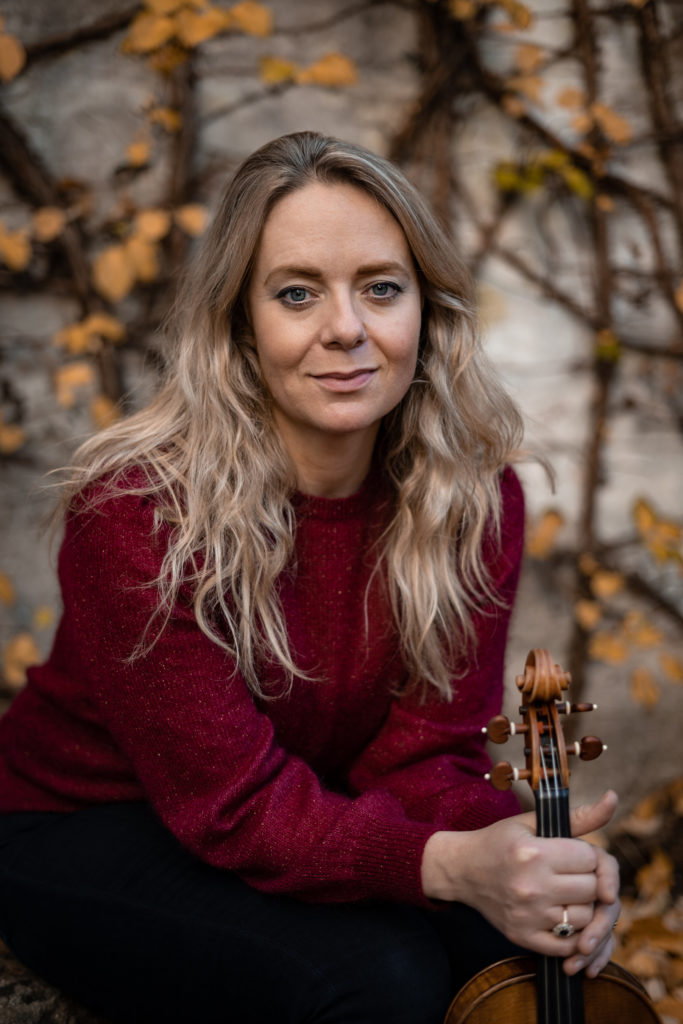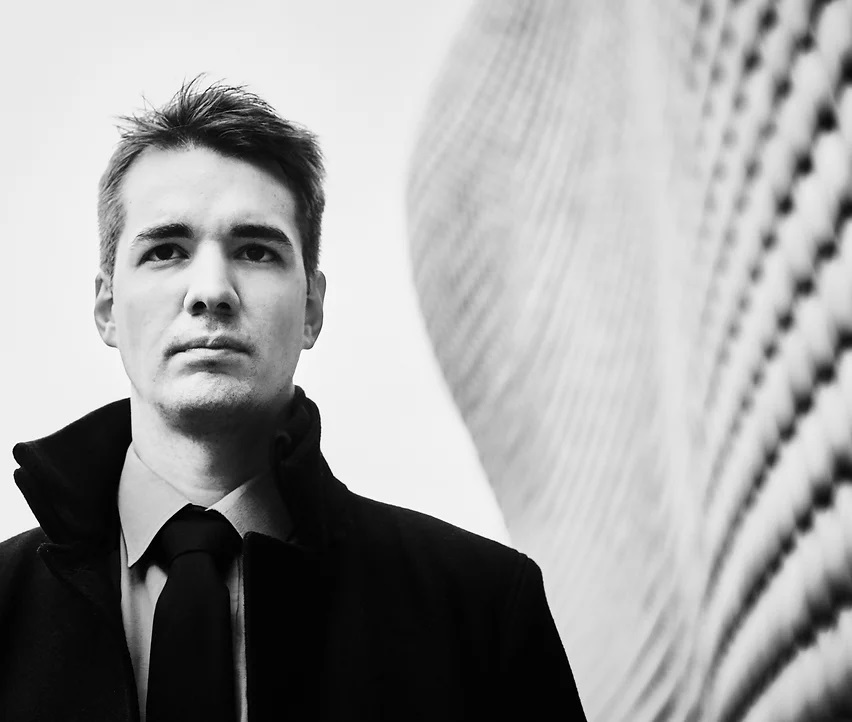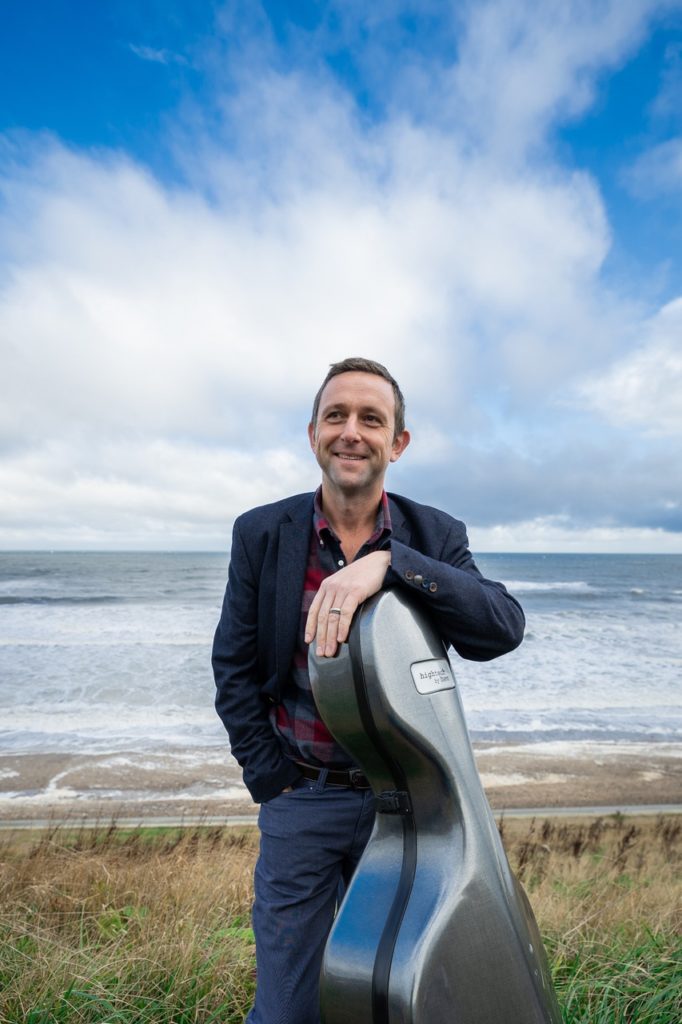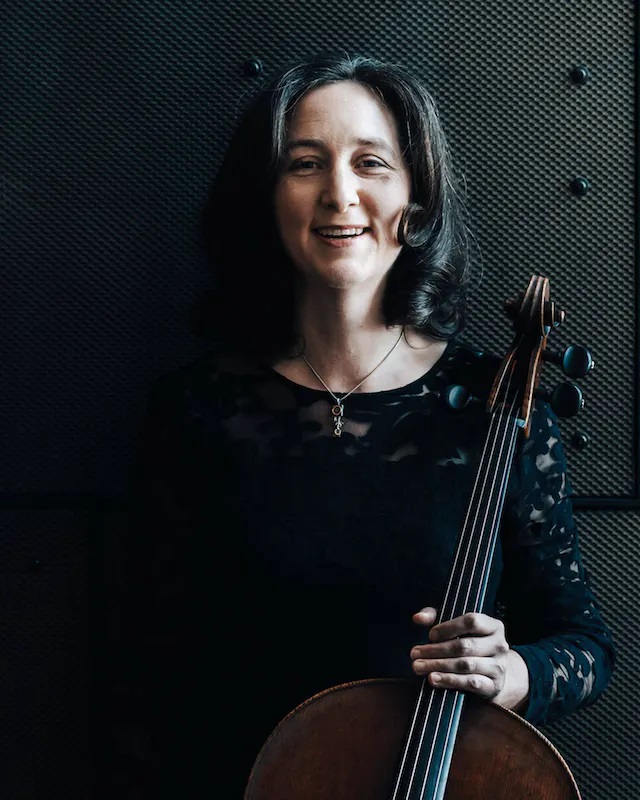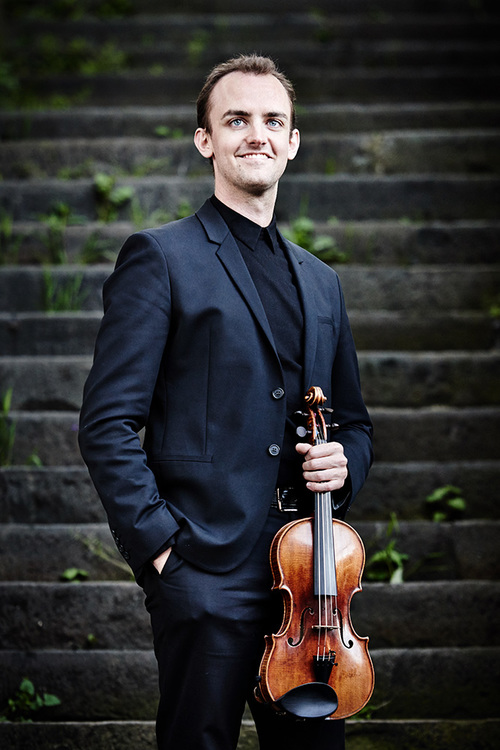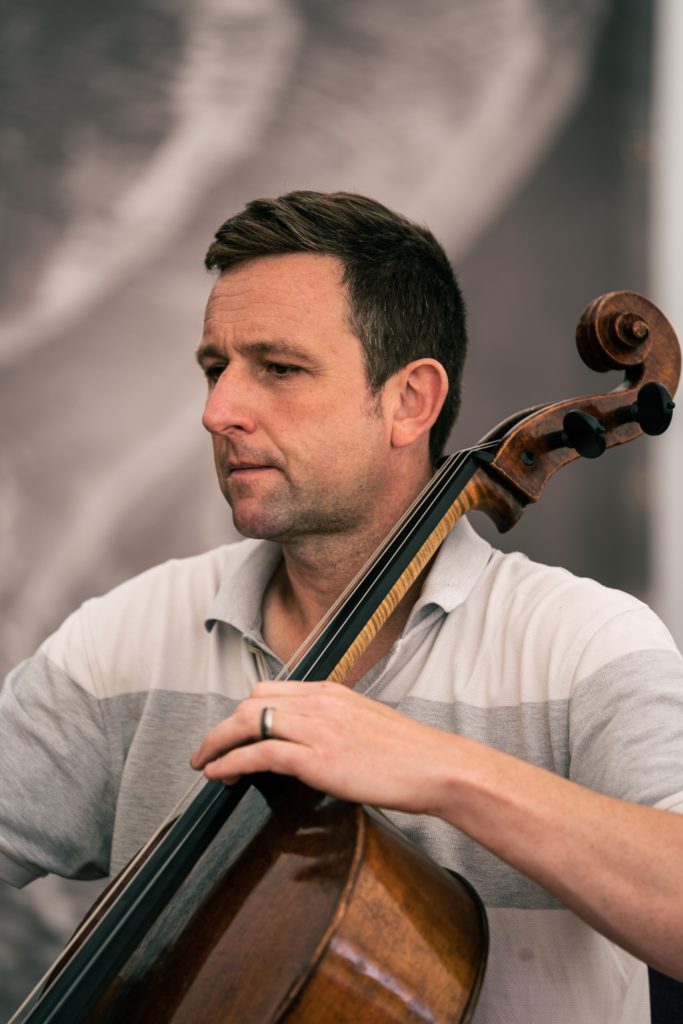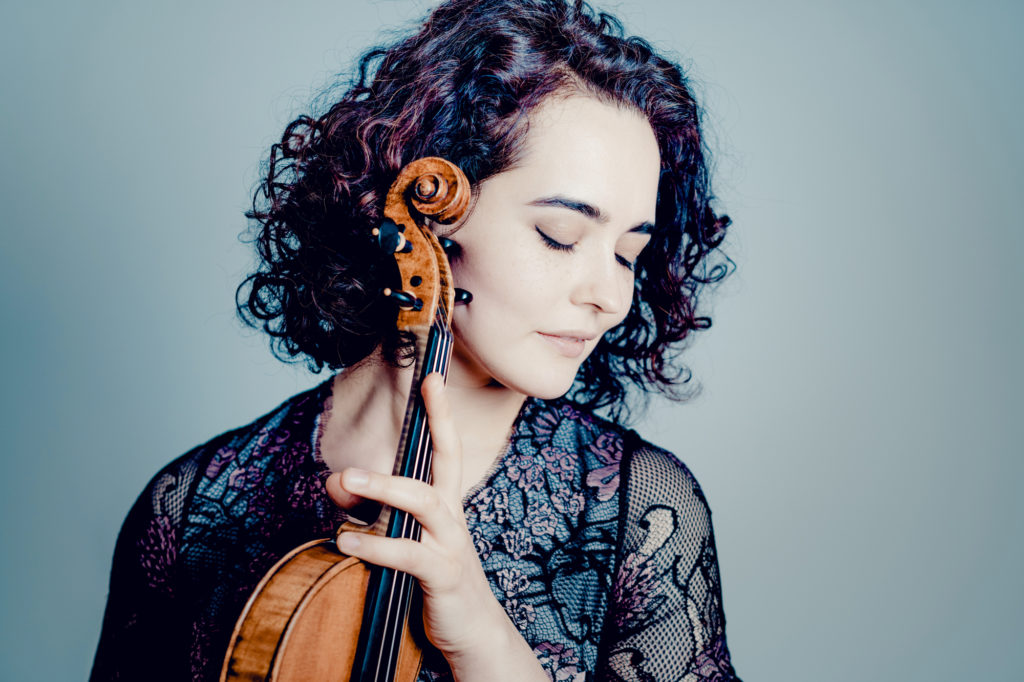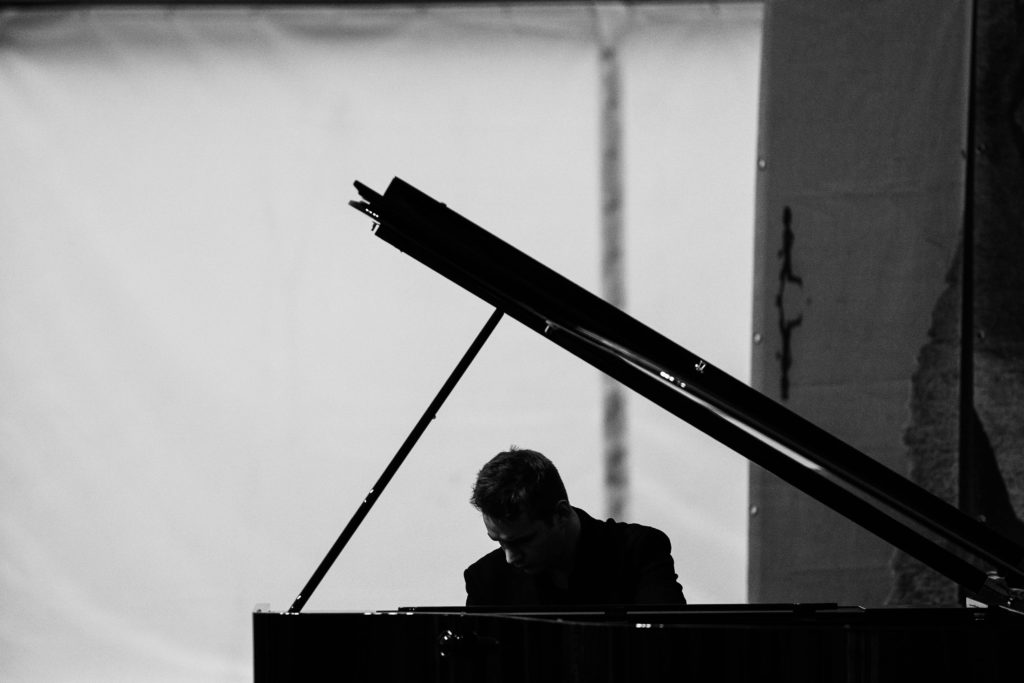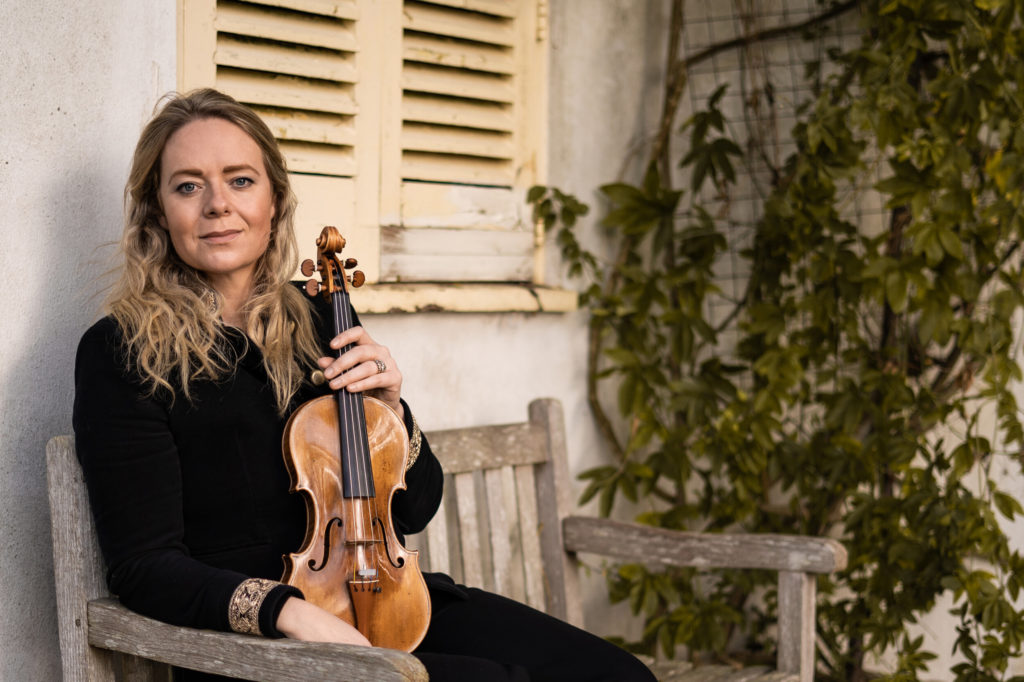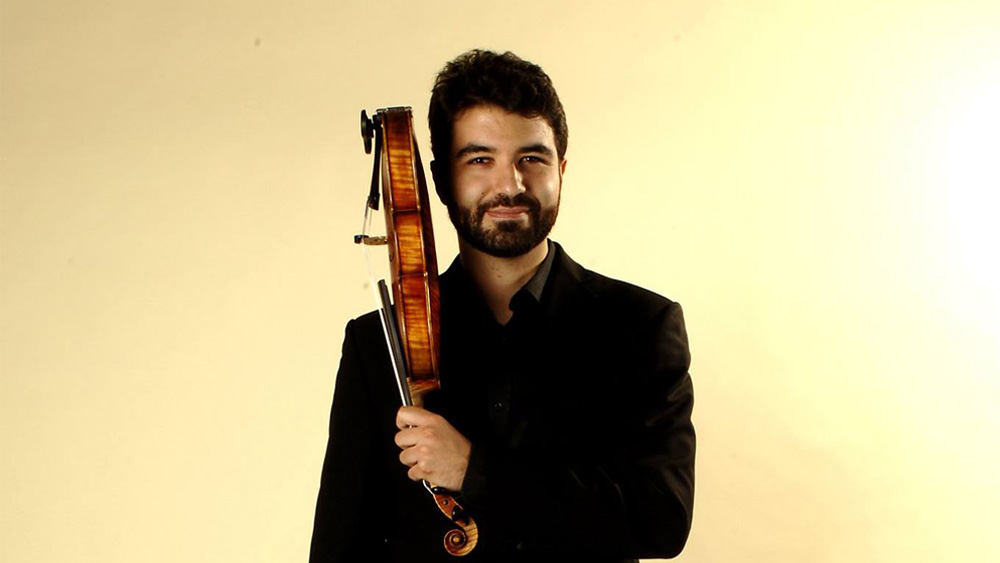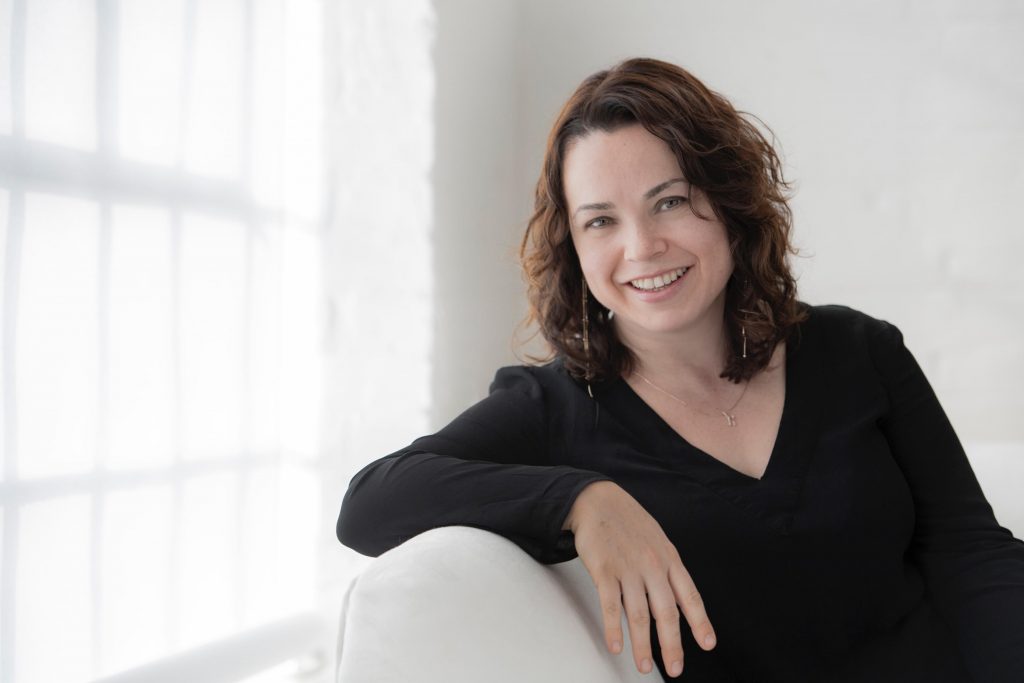
IN evocation of La Belle Époque – roughly 1871 to 1914 – the festival focus turned to French composers. A Fauré song cycle followed Debussy’s late violin sonata, with a second half devoted to Chausson: an extended song and what amounts to a double concerto.
Debussy’s Violin Sonata in G minor dates from 1917, the year before he died, so falls technically outside the belle époque. Nevertheless, its nostalgia harks back to an earlier age, more in regret for the ravages of war than self-pity at his terminal illness.
In a piece where you never quite know where the composer is going next, Charlotte Scott’s violin and Katya Apekisheva’s piano were alive to the many moods of the opening Allegro vivo.
There was dizzying staccato and pizzicato in the dry intermezzo, carrying more than a hint of its origins in fantasy. Apekisheva contrived to be both intimate and expansive at the start of the finale, with Scott scouring the lower regions of her instrument before soaring majestically into the concluding Presto. They remained in close harness, however, and revelled in the fireworks at the finish.

It is good that this festival remembers that the voice, too, is an instrument and includes vocal music especially when accompanied by more than ‘just’ a piano. Fauré was not the only composer to sense that extra instruments often suited the voice, and he expanded his 1892 song-cycle La Bonne Chanson by adding a string quintet (including double bass) six years later.
Conditions were particularly gusty for this recital. Even though mezzo-soprano Anna Huntley battled bravely, her words were not always easy to discern against the flapping of the tent. It became necessary to treat her voice as just another instrument in a septet – at which point the music became thoroughly satisfying.
Behind Verlaine’s nine poems lie strong undercurrents of romantic love, which suited Fauré’s affaire with Emma Bardac (who was to become Debussy’s wife). Huntley did her very best to explore the many facets of emotional entanglement, from early stirrings to full-blown ecstasy, reserving glorious full tone, for example, for ‘Ô Bien Aimée’ (O My Beloved) but toning it down for a confident C’est l’heure Exquise’ (Exquisite Hour).
The strings masterfully reflected the ebb and flow of excitement, not least in tremolo associated with a whirring flock of quails. Daniel Lebhardt’s piano carried the burden of the argument with subtlety and the instrumental postlude spoke of ultimate contentment, whatever the season.

The wind had abated during the interval, when Huntley returned with Chausson’s Chanson Perpétuelle, this time with piano quintet in support. She brought fuller tone to Charles Cros’s picture of a woman abandoned in love and with it greater intensity, helped by individual instruments acting as her alter ego. Apekisheva’s agitated piano completed a well-rounded portrait.
Chausson’s Concert, Op 21 is a concertante piece for violin and piano (to all intents a concerto, here with Alena Baeva and Vadym Kholodenko respectively), with accompaniment from a string quartet rather than a full orchestra.
A bold duo-cadenza was the highlight of the portentous opening movement, followed by a pensive Sicilienne that threatened to wind up into a full-blown allegro but never quite managed it.
After a darkly elegiac Grave, which came to an anguished climax, all six players were asked to stretch themselves to the limit in the finale’s variation form. Marked ‘trés animé’, its thrills were much enhanced by the tautness of the ensemble. The soloists had previously predominated, but here they were subsumed into a glorious tutti.
Review by Martin Dreyer

